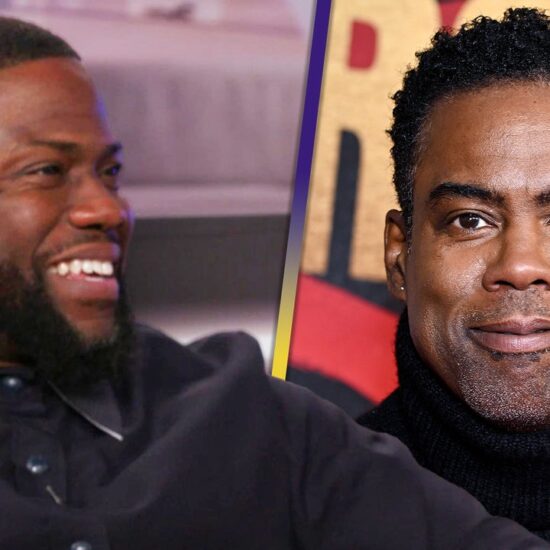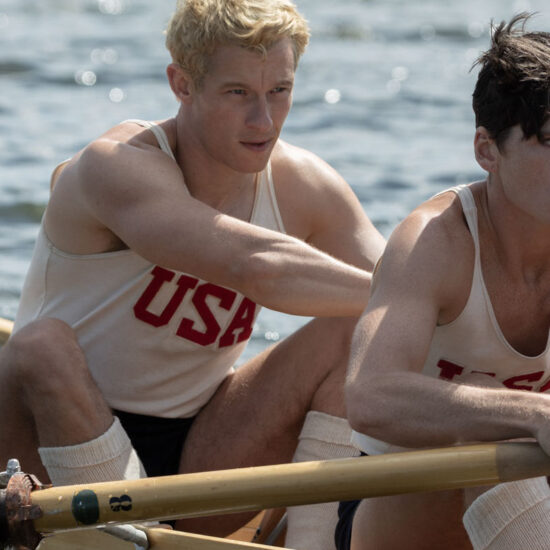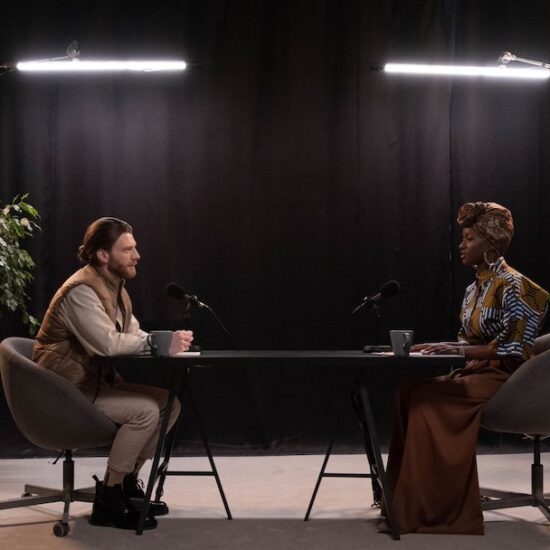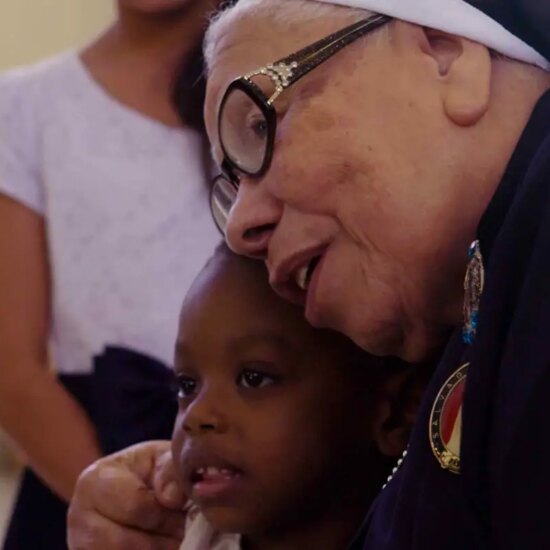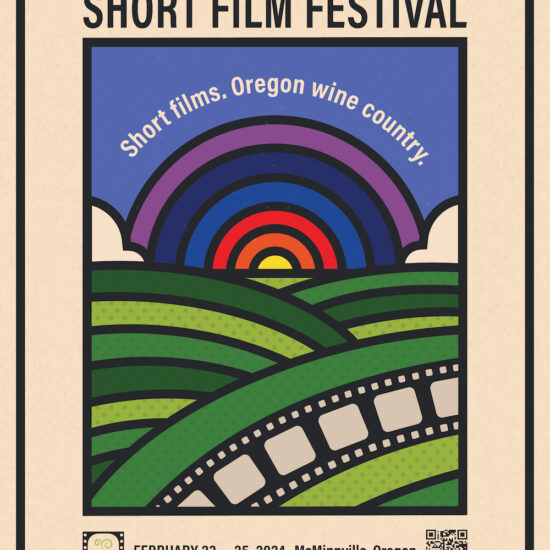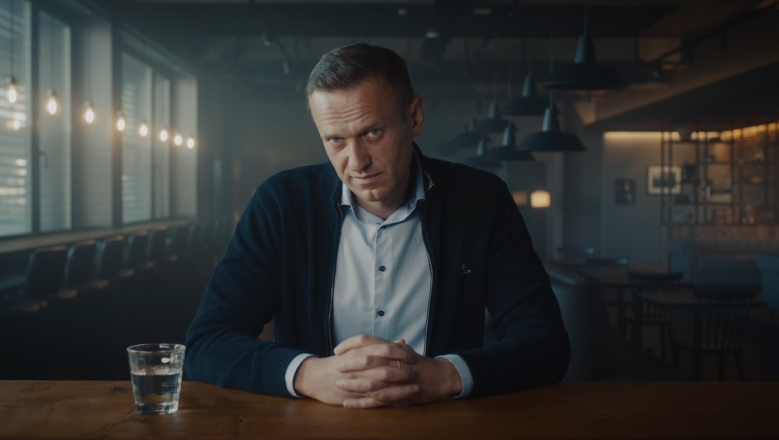
Ballooning budgets, fewer buyers, and tighter mandates for commercial movies has meant hard times for more challenging original stories.
When “Summer of Soul” sold for $15 million out of the 2021 pandemic-virtual Sundance Film Festival, we saw the peak of the documentary boom. Questlove’s feature debut was a Sundance record, but it wasn’t alone; other Sundance docs like “Fire of Love” and “Flee” sold for high-seven figures.
Today, Sundance 2023 premiere “It’s Only Life After All,” which included its subjects the Indigo Girls performing at the festival’s Opening Night fundraiser, has yet to find a buyer. Ditto “Going Varsity in Mariachi,” “The Disappearance of Shere Hite,” or Doug Liman’s Brett Kavanaugh doc “Justice.”
Sundance also had documentaries that came with distribution, like Hulu’s “Pretty Baby: Brooke Shields,” Amazon’s “Judy Blume Forever,” and Apple’s “Still: A Michael J. Fox Movie.” However, if you’re looking for documentaries that aren’t based on high-recognition IP, or concepts that can’t be parceled into irresistible, cliff-hanging episodes — well, that’s a real-world problem.
Last fall, CNN Films ceased outside commissions of documentary features or series. Layoffs at Showtime in February slashed the unscripted team and merged it under MTV Entertainment Studios. Warner Bros. Discovery last August axed the non-scripted division at HBO Max led by Jennifer O’Connell and Rebecca Quinn. An insider confirms that no original documentaries are currently being made at HBO Max or at Discovery+.
“Our industry really feels it when we lose great partners, like CNN Films,” said Bryn Mooser, CEO of documentary company XTR. “Not only do we lose a buyer, we also lose a supporter and in some cases a platform. This has been a time that we put our heads down to focus on how we really think about the kinds of films that we’re supporting. That’s a hard road sometimes for documentary filmmakers who are trying to tell stories that are going to change the world or change the culture. We have to fight harder to get those in front of people than we did two years ago.”
HBO Documentary Films is known for planning years in advance, but according to multiple sources that slate is considered “full” through 2025 and leaves little room for acquisitions or other commissions. Netflix still has documentary execs, but the exit of longtime Netflix executive Lisa Nishimura felt like a bellwether.
Ongoing layoffs at Disney have Nat Geo on edge, as does whatever Bob Iger decides to do with Hulu. One sales agent told IndieWire he’s heard many companies are pausing acquisitions until at least the summer and he expects that a glut of unsold movies from Sundance and SXSW won’t clear up until this fall.
“Little Richard: I Am Everything”
Courtesy of Sundance Institute
A few Sundance documentaries found buyers like “The Deepest Breath” (Netflix, prior to premiere), “The Eternal Memory” (MTV Documentary Films) and “Little Richard: I Am Everything” (Magnolia Films, which bought theatrical rights from the now-sidelined CNN Films). However, sources complain that the market wants only titles that are ripped from the headlines or are truly “commercial.”
“It’s so unclear, and everybody’s just saying ‘commercial! commercial! commercial!’ Like, what does that actually mean?” said a documentary talent manager who asked not to be named.
“Documentaries are supposed to be about telling a story that wouldn’t otherwise be told, or bringing to light a story and an issue and characters that likely wouldn’t otherwise be told,” the manager continued. “That doesn’t mean the ‘WeWork’ [docs] shouldn’t exist. It’s just there’s also got to be room for those emerging filmmakers and those stories that are giving you a snapshot into a world that you wouldn’t otherwise get a snapshot into, something that’s not already been in the headlines. I think that’s where the divide seems to be. It just seems like commercial equals something that we as a society already know about.”
Studios have become more eager to develop documentaries in-house rather than chase finished films, but the manager added that even funders and investors seem to be more risk averse.
“Going to a Sundance and getting a massive payday off a documentary — this doesn’t exist anymore,” the manager said. “[The financiers] are also looking at their bottom lines and saying, ‘Well, these streamers aren’t buying, and that’s really our mode to actually making our money back. Can we really support these stories and filmmakers? Or do we have to completely pull back?’”
There’s one documentary sector that’s doing just fine, thanks: true crime and reality-centric docuseries. “You cannot call a true-crime series the same thing as something about Navalny,” said MTV Documentary Films head Sheila Nevins, the former HBO veteran who knows better than anyone how cyclical the world of documentaries can be.
“To say that the docu market is contracting is not quite right,” she added. “The docu market in its traditional, pure way was structured differently and was about different things. Now everything goes under that umbrella. And then suddenly there were too many. I mean, why would a true crime docu do better than an environmental docu? I mean, let’s be real. Something about climate change is not going to do as well as Dahmer.”

MTV Documentary Films’ “The Eternal Memory”
Courtesy of Sundance Institute
With the documentary boom came booming budgets. Films that were being produced for less than $1 million were creeping up to budgets of $2 million or more, and much of that money went to a burgeoning documentary-production infrastructure.
One filmmaker said archival costs have skyrocketed as libraries recognize their value, and any movie centered around music is destined for enormous licensing costs. More documentaries in the pipeline meant increased demand for top editing talent, who became increasingly expensive. Also increasing were audience expectations for what a quality documentary should look like, which meant pricier graphics and effects.
“The Golden Age of Docs, so much great work has been done,” said Jenifer Westphal, CEO of documentary financier and producer Wavelength. “But maybe the budgets got too high. Maybe not everybody’s a doc filmmaker. Maybe there’s some stories that need to be told, but need to be told in a different way.”
For her, that’s meant some soul searching that sounds an awful lot like XTR’s. “We had to step back and pivot and we had to become really smart and lean and thoughtful about, ‘What are we going to do next? Is it possible to stay sustainable as a company investing in big-issue independent feature docs?’
Westphal’s conclusion: “It’s not, not right now. So we have to as a company stay sustainable so that we can eventually get back to being able to invest in big-issue docs.” She often has to deliver this message to aspiring documentary filmmakers who seek $2 million budgets with hopes of festival paydays.
“I say this to filmmakers all the time. ‘What’s your plan? What do you want to have happen? Because here’s the landscape. I can’t go yell at HBO or Netflix and tell them to buy documentary films. That’s not possible. So what’s another way we can get your film seen?’” Westphal said. “I think the doc industry needs first-time filmmakers. You’re not a documentary filmmaker unless you’ve made a doc, and they’ve got to start to understand that big lightning strike is gone.”
Wavelength is pivoting to branded content and narrative features. They’re also taking more of an international perspective — both for projects that might attract distribution outside the U.S. and for locations with tax breaks and other production incentives. XTR is leaning into the company’s streaming platform and FAST channel Documentary+.
Another producer wonders if the lull in buyers is a moment to start documentary production — that way, when streamers and networks realize they need content in another 18 months or so, they’re ready for the opportunity. The pendulum could swing back even more quickly if a writer’s strike prioritizes unscripted content.
It’s not all gloomy. In addition to “Little Richard: I Am Everything,” Magnolia bought a black-and-white doc at Sundance about transgender sex workers, “Kokomo City.” Amazon recently struck a first-look deal with Imagine Entertainment that includes non-fiction films.
Hulu recently announced a slate of three original documentaries: “Freaknik: The Wildest Party Never Told,” “Queenmaker: The Making of An It Girl,” and “The Jewel Thief.” There’s also increased activity from smaller, newer players like Peacock, Roku, Tubi, Fox Nation, and Starz. Are they looking for the next “Navalny”? Probably not. But you can never be sure.
“It’s up to us to make sure that we’re nimble and paying attention in this moment to make sure that our films get in front of those people,” Mooser said. “The opportunity hasn’t changed. The market might’ve changed, but it will come back.”
Sign Up: Stay on top of the latest breaking film and TV news! Sign up for our Email Newsletters here.









